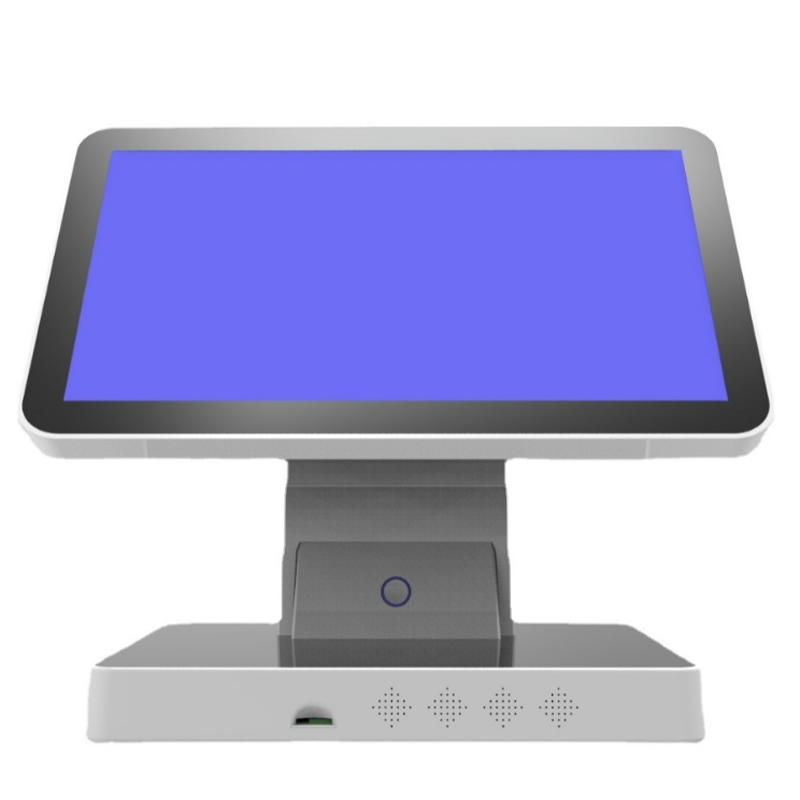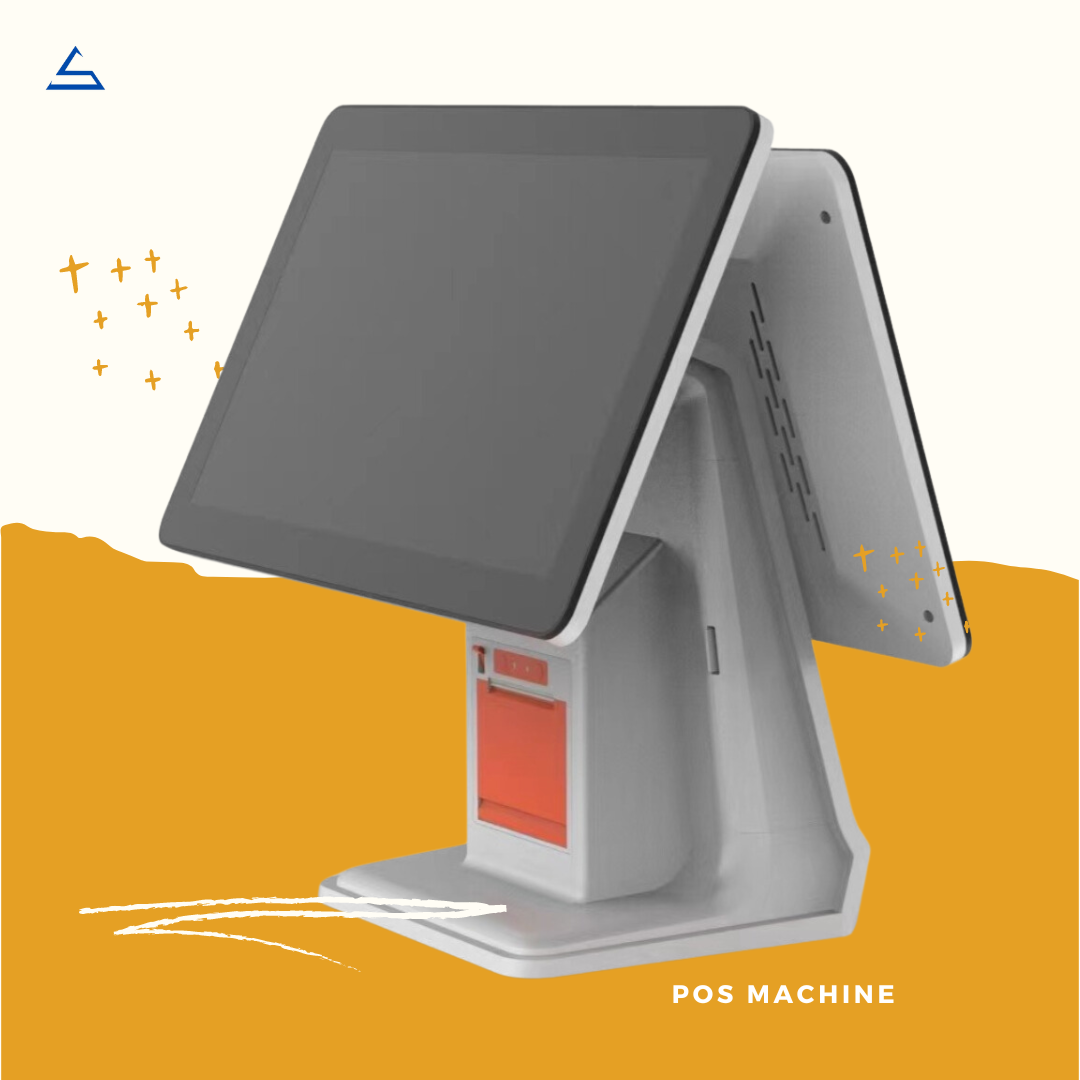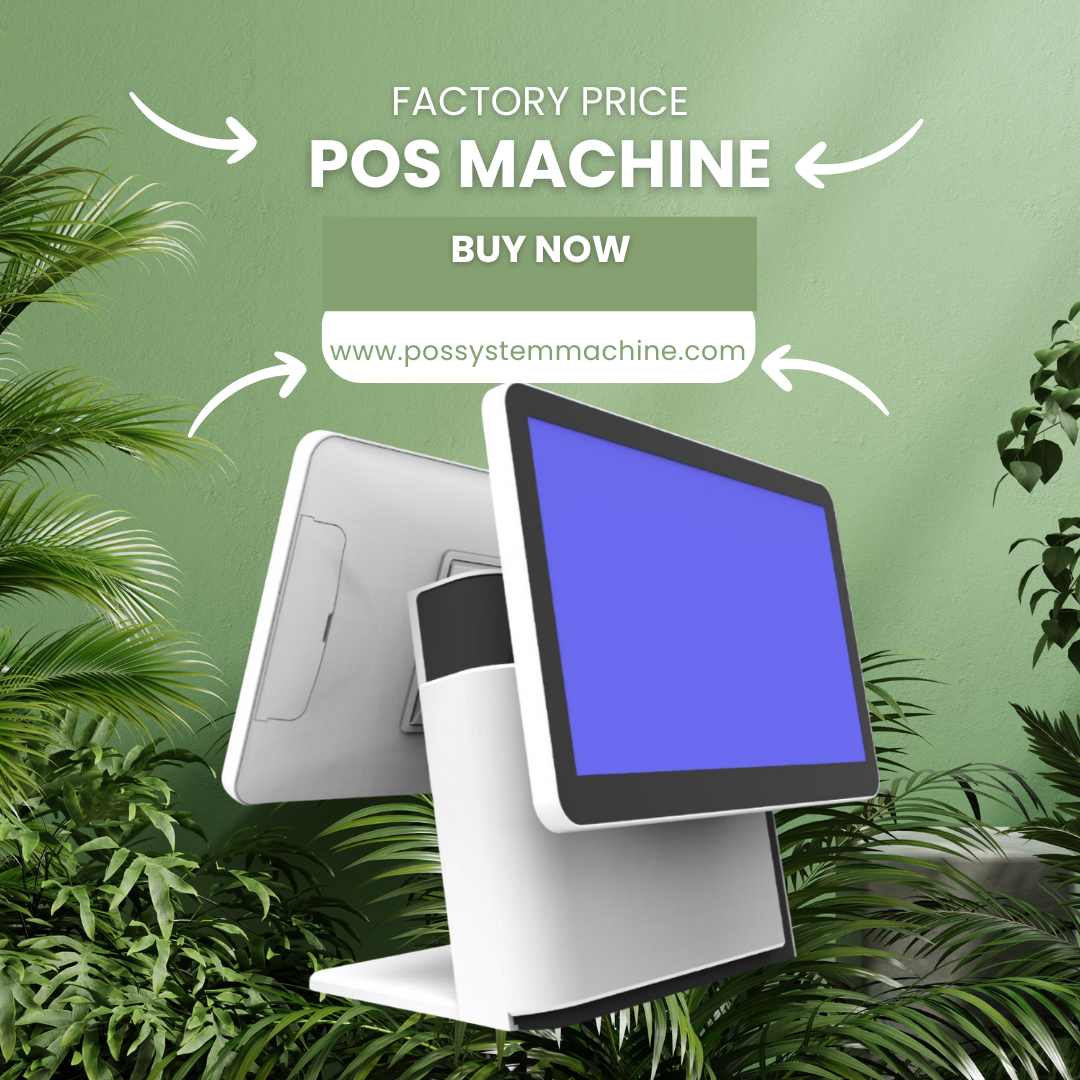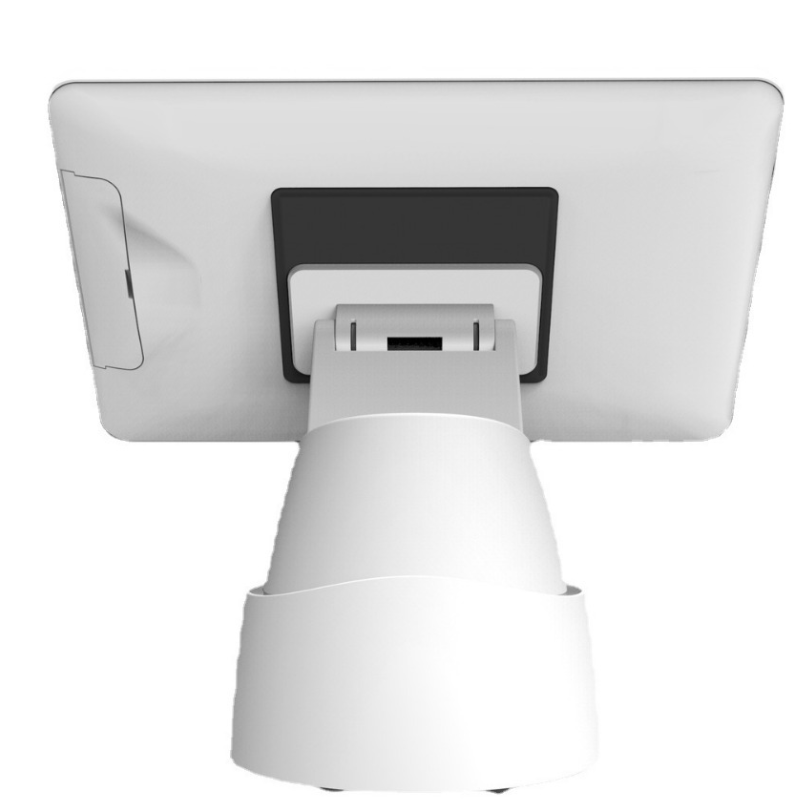android pos machine
Table of Contents
Summary
In today’s fast-paced business world, having an efficient and reliable point-of-sale (POS) system is crucial. Android POS systems have emerged as a game-changer, offering flexibility, affordability, and advanced features that traditional POS systems often lack. This comprehensive guide will explore the world of Android POS machines, their benefits, and how they can transform your business operations. Whether you’re a small startup or an established enterprise, understanding the power of Android POS systems can help you make informed decisions to streamline your sales process and boost your bottom line.
What is an Android POS System and How Does it Differ from Traditional POS?
An Android POS system is a point-of-sale solution that runs on the Android operating system. Unlike traditional POS systems, which often use proprietary hardware and software, Android POS machines leverage the power and flexibility of the Android platform. This means they can run a wide range of POS applications available on the Google Play Store, offering greater customization and scalability.Key differences include:
- Flexibility: Android POS systems can be used on various devices, from dedicated terminals to tablets and smartphones.
- Cost-effectiveness: Generally more affordable than traditional POS systems due to lower hardware costs and often free or low-cost software options.
- Regular updates: Benefit from frequent Android OS updates and security patches.
- User-friendly interface: Familiar Android interface makes training staff easier.
What Are the Key Benefits of Using an Android POS System?
Android POS systems offer numerous advantages for businesses of all sizes:
- Cost-effective: Lower initial investment and ongoing costs compared to traditional POS systems.
- Flexibility: Can be used on various devices, from dedicated terminals to tablets.
- Customization: Wide range of apps available on Google Play Store for specific business needs.
- Cloud-based: Easy access to data from anywhere, anytime.
- Integration: Seamlessly integrates with other business tools and software.
- User-friendly: Intuitive interface reduces training time for staff.
- Regular updates: Benefit from the latest features and security patches.
These benefits make Android POS systems an attractive option for businesses looking to modernize their point-of-sale operations without breaking the bank.
How to Choose the Right Android POS Terminal for Your Business?
Selecting the right Android POS terminal is crucial for your business success. Consider the following factors:
- Hardware specifications: Look for a device with sufficient processing power, memory, and storage.
- Screen size: Choose a screen size that suits your business needs and available counter space.
- Durability: Opt for rugged devices if your environment demands it.
- Connectivity options: Ensure the terminal supports necessary connections (Wi-Fi, Ethernet, Bluetooth).
- Peripheral compatibility: Check if it works with your existing or desired printers, cash drawers, and scanners.
- Software compatibility: Verify that it can run your preferred POS software.
What Features Should You Look for in Android POS Software?
When choosing Android POS software, consider these essential features:
- Inventory management: Real-time tracking and automatic reordering.
- Sales reporting and analytics: Detailed insights into your business performance.
- Customer management: Tools for building customer relationships and loyalty programs.
- Employee management: Time tracking, performance monitoring, and role-based access control.
- Multi-location support: If you have or plan to have multiple stores.
- Integration capabilities: Ability to connect with accounting software, e-commerce platforms, and other business tools.
- Offline mode: Continued operation during internet outages.
- Security features: Data encryption, secure login, and regular backups.
Look for software that offers a good balance of these features within your budget. Many Android POS apps offer free trials, so take advantage of these to find the best fit for your business.
How Does an Android POS System Streamline Your Business Operations?
Android POS systems can significantly improve your business efficiency:
- Faster transactions: Touch-screen interfaces and barcode scanning speed up the checkout process.
- Accurate inventory management: Real-time tracking reduces errors and prevents stockouts.
- Improved customer service: Quick access to customer history and preferences enables personalized service.
- Data-driven decisions: Detailed reports and analytics help you make informed business choices.
- Flexible payment options: Accept various payment methods, including contactless and mobile payments.
- Remote management: Monitor and manage your business from anywhere using cloud-based features.
By streamlining these operations, Android POS systems help you save time, reduce errors, and focus on growing your business.
What Are the Latest Trends in Android POS Technology?
The Android POS industry is constantly evolving. Here are some current trends:
- AI integration: Predictive analytics for inventory management and customer behavior.
- Contactless payments: Increased adoption of NFC and QR code payments.
- Mobile POS: Growing use of smartphones and tablets as mobile POS devices.
- Omnichannel integration: Seamless connection between in-store and online sales channels.
- Advanced customer engagement: Features like digital receipts and personalized marketing.
Staying aware of these trends can help you choose a future-proof Android POS solution for your business.
How to Set Up and Implement an Android POS System in Your Business?
Implementing an Android POS system involves several steps:
- Choose your hardware: Select an Android device that meets your needs.
- Select your software: Choose a POS app that offers the features you require.
- Set up peripherals: Connect printers, cash drawers, and other necessary devices.
- Configure your system: Set up your inventory, pricing, and user accounts.
- Train your staff: Ensure your team knows how to use the new system effectively.
- Test thoroughly: Run test transactions to ensure everything works smoothly.
- Go live: Start using your new Android POS system in your daily operations.
Remember to back up your data regularly and keep your system updated for optimal performance and security.
What Are the Potential Challenges of Using an Android POS System and How to Overcome Them?
While Android POS systems offer many benefits, they can present some challenges:
- Internet dependency: Many cloud-based systems require a stable internet connection. Solution: Choose software with offline mode capabilities.
- Security concerns: As with any digital system, there’s a risk of data breaches. Solution: Use strong passwords, enable two-factor authentication, and keep your system updated.
- Hardware limitations: Some Android devices may not be as durable as traditional POS hardware. Solution: Invest in rugged, business-grade Android devices designed for POS use.
- Software compatibility: Not all Android POS apps may be compatible with your chosen hardware. Solution: Check compatibility before purchasing, and consider Myde’s integrated POS solutions for guaranteed compatibility.
- Learning curve: Staff may need time to adapt to the new system. Solution: Provide thorough training and choose user-friendly software.
By anticipating these challenges and implementing appropriate solutions, you can ensure a smooth transition to your Android POS system.
How Does an Android POS System Compare to iOS and Windows-based Systems?
When choosing a POS system, it’s important to understand how Android compares to other platforms:
| Feature | Android | iOS | Windows |
|---|---|---|---|
| Hardware options | Wide range | Limited to Apple devices | Wide range |
| Cost | Generally lower | Higher | Varies |
| Customization | High | Limited | Moderate |
| App availability | Extensive | Extensive | Limited |
| Security | Regular updates | Regular updates | Regular updates |
| Integration | Flexible | Limited to Apple ecosystem | Flexible |
Android POS systems often offer the best balance of affordability, flexibility, and features, making them a popular choice for businesses of all sizes.
What Does the Future Hold for Android POS Systems?
The future of Android POS systems looks bright, with several exciting developments on the horizon:
- Increased AI integration: More sophisticated predictive analytics and automated decision-making.
- Enhanced IoT connectivity: Better integration with smart devices and sensors for improved inventory and store management.
- Advanced biometrics: Increased use of facial recognition and fingerprint scanning for secure transactions and employee management.
- Augmented Reality (AR) features: AR could be used for interactive product displays and staff training.
- 5G integration: Faster, more reliable connections for cloud-based POS systems.
As Android POS technology continues to evolve, businesses can expect even more powerful tools to help them streamline operations and enhance customer experiences.
Tags
Product
Blog
Contact Us
Related Products
Frequently asked questions about wood box manufacutring










